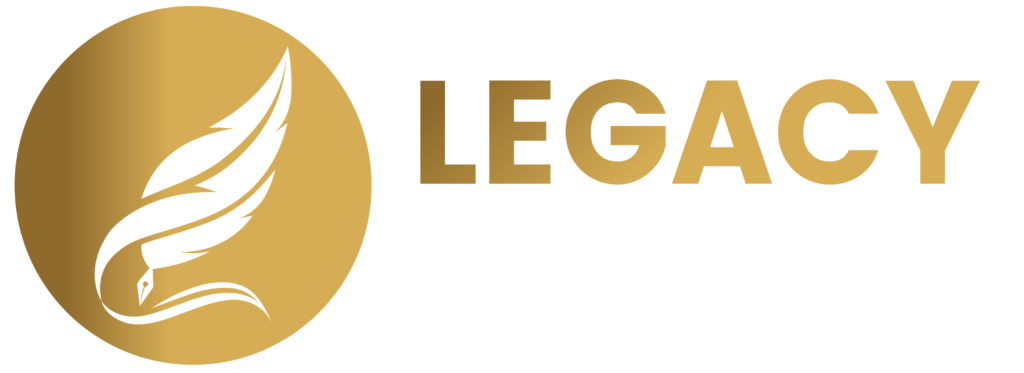
Have you ever felt a story simmering beneath the surface, a character whispering secrets in your ear, or a world begging to be built? Congratulations – you’ve been struck by the spark of book writing! But transforming that spark into a finished book on a shelf can feel like an insurmountable climb. Fear not, aspiring author! This guide will equip you with the tools and knowledge to navigate the exciting, challenging, and ultimately rewarding journey of book writing.
Idea Generation and Development
The first step is nurturing your initial spark. Perhaps it’s a captivating image, a thought-provoking question, or a historical event that ignites your imagination. Regardless of the source, capture this spark! Jot it down in a notebook, record a voice memo, or brainstorm freely in a mind map. The key is to externalize your ideas, allowing them to breathe and evolve.
Next, delve deeper into your spark. What kind of story does it want to tell? Is it a heart-wrenching romance, a thrilling mystery, or a thought-provoking science fiction saga? Consider the genre, target audience, and the overall tone you want to establish. Research existing books in your chosen genre, noting what resonates and what feels fresh. Ask yourself: what unique voice will you bring to this story?
Character development is crucial. Flesh out your characters beyond their physical appearance. What are their desires, fears, and motivations? How will they react to conflict? Creating a well-rounded cast adds depth and relatability to your book.
Worldbuilding, particularly for fantasy or science fiction, adds another layer of immersion. Define the rules of your world, its history, geography, and societal structures. This doesn’t have to be an encyclopedic tome, but a solid foundation will prevent inconsistencies and lend authenticity to your narrative.
Outlining and Planning
Once you have a good grasp of your story’s core elements, it’s time to build the framework. Outlining, a process often demonized by free-spirited writers, can be an invaluable tool. It provides structure and helps you avoid plot holes or meandering narratives. There are different outlining methods: some prefer detailed chapter-by-chapter breakdowns, while others opt for a more skeletal approach with key plot points and character arcs. Choose the method that works best for you.
Planning goes beyond just the plot. Consider the pacing of your story. Will it be a fast-paced thrill ride or a slow burn that builds emotional tension? Think about your point of view – will you tell the story through the eyes of one character or multiple?
This is also the stage to solidify your book writing process. Will you write in daily chunks, aim for specific word counts, or write when inspiration strikes? Experiment and find a schedule that works best for you. Remember, consistency is key!
Drafting and Revision
Now comes the exciting part – writing your first draft! Don’t get bogged down in striving for perfection. Let your ideas flow freely, even if they don’t seem perfect. Consider this a rough blueprint – you can always refine it later. Silence your inner critic and focus on getting the story down on paper, or your screen, as the case may be.
Once your first draft is complete, take a well-deserved break! When you return refreshed, don your revision hat. This stage allows you to refine your book writing. Read through your draft critically, paying attention to pacing, character development, and plot consistency. Is there unnecessary exposition? Are your characters acting true to form? Be ruthless in cutting extraneous scenes and tightening your prose.
Don’t be afraid to seek feedback from trusted beta readers who will provide honest and constructive criticism. Joining a writing group or finding critique partners can be invaluable for identifying weaknesses and strengthening your work.
The Final Stretch: Editing and Publishing
With a revised manuscript in hand, the finish line is in sight. But before you celebrate, there’s one more crucial step – editing. Editing ensures your book is polished and error-free. This can involve self-editing or employing a professional editor.
Self-editing involves scrutinizing your manuscript for grammar, punctuation, and spelling errors. It also looks at sentence structure, word choice, and overall flow. While tedious, it’s essential for presenting a professional final product.
Professional editors provide a more objective perspective. They will identify areas for improvement in terms of plot, character development, and writing style. Their expertise can elevate your book writing to a whole new level. Consider their suggestions carefully, but remember – the final creative decisions remain yours.
The final decision lies with you: traditional publishing or self-publishing. Traditional publishing involves submitting your manuscript to literary agents or publishers in hopes of securing a publishing deal.
